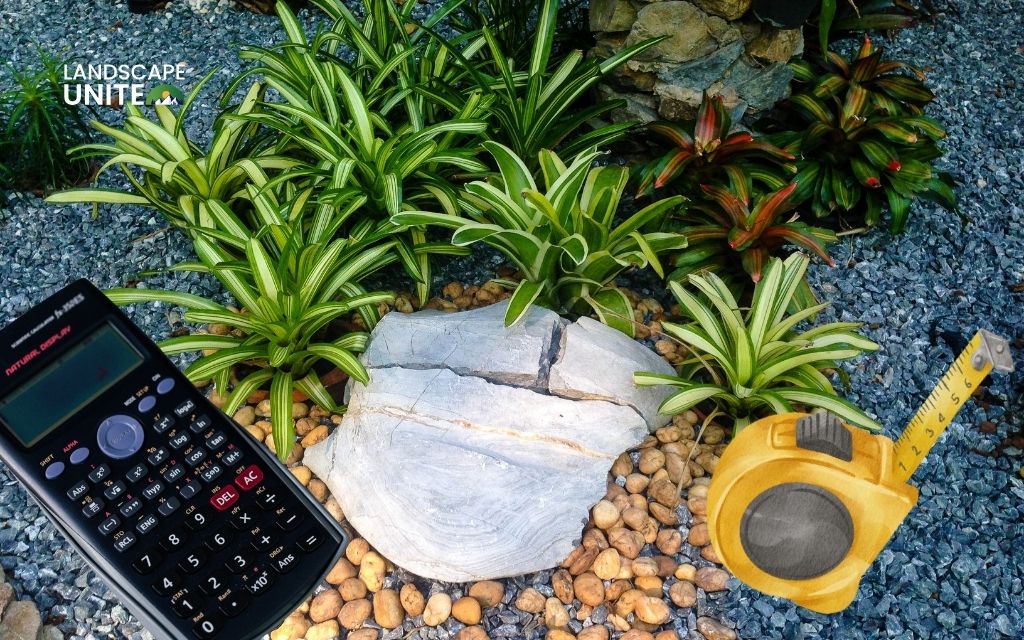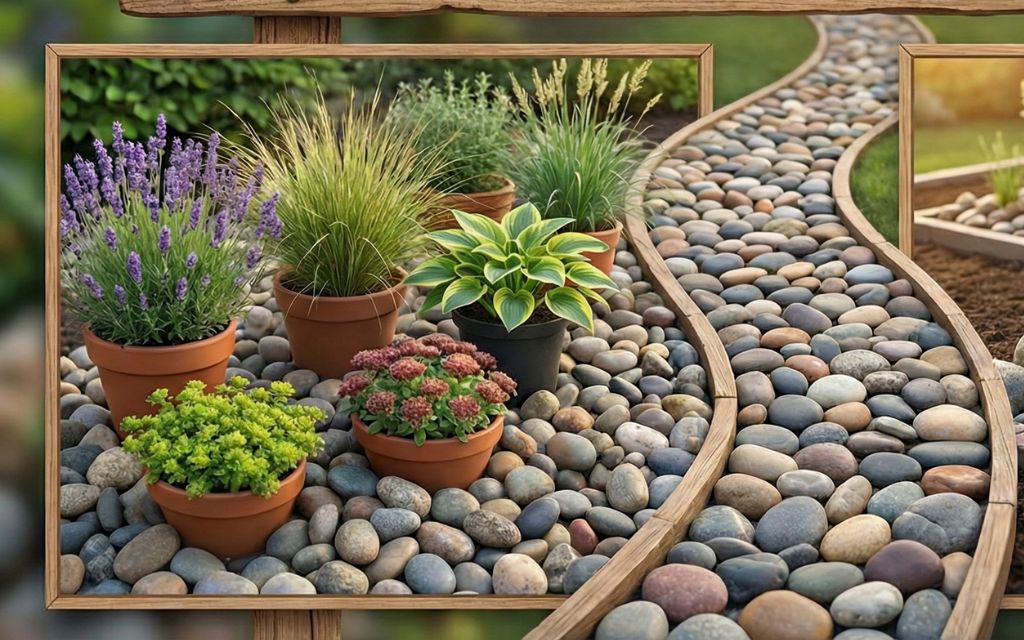Are you tired of sky-high water bills and constant garden maintenance? You’re not alone. With water scarcity becoming increasingly common across the United States, especially in regions like Colorado, Arizona, and Texas, homeowners are discovering the revolutionary approach of xeriscaping.
Xeriscape plants offer an elegant solution to modern landscaping challenges. These specially selected drought-tolerant species can reduce your irrigation needs by 50-75% while creating stunning outdoor spaces that thrive in your local climate. The term “xeriscape” comes from the Greek word “xeros,” meaning dry, and was actually coined in 1981 by the Denver Water Department as a trademarked concept.
What makes this approach truly unique? Unlike traditional drought-tolerant gardening, xeriscape plants are one of landscape inspiration that specifically curated for both water efficiency and aesthetic beauty. This means you don’t have to sacrifice visual appeal for sustainability.
What makes plants perfect for xeriscaping?
Not all drought-tolerant plants qualify as ideal xeriscape plants. The best candidates share several key characteristics that make them masters of water conservation:
- Deep root systems allow these plants to access moisture far below the surface, reducing their dependence on frequent watering. Many xeriscape plants colorado gardeners love, like Russian Sage and Blue Grama Grass, develop extensive root networks that can reach several feet deep.
- Adaptability to extreme conditions sets these plants apart. They handle everything from scorching full sun to sudden weather shifts without missing a beat. This resilience makes them perfect for unpredictable climates found throughout the Southwest.
- Minimal fertilizer requirements mean less maintenance and lower costs. These plants have evolved to thrive in nutrient-poor soils, making them ideal for challenging landscapes where other plants struggle.
- Wildlife benefits add extra value to your landscape. Many xeriscape plants serve as crucial habitat for native pollinators, birds, and beneficial insects, supporting local ecosystems while beautifying your yard.
The seven principles of xeriscaping guide plant selection: planning and design, soil improvement, appropriate plant selection, practical turf areas, efficient irrigation, mulching, and appropriate maintenance. Following these principles ensures your plant choices work harmoniously together.
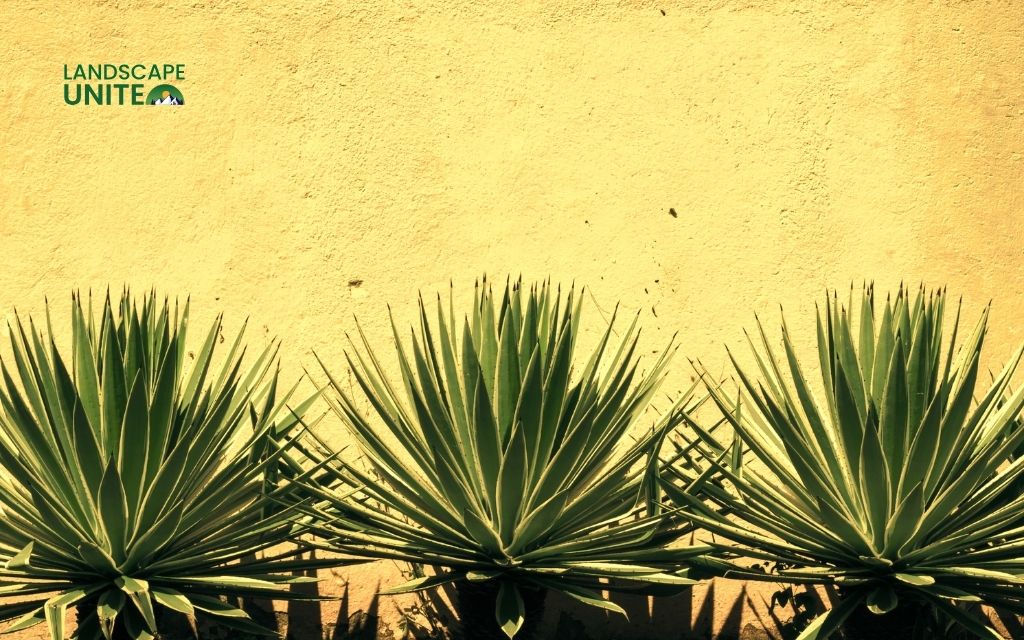
Top 15+ xeriscape plants for water-efficient landscaping
Colorful perennials for year-round interest
- Blanket Flower (Gaillardia aristata) brings non-stop color from late spring until frost. Growing 12-24 inches tall and spreading 12-18 inches wide, these cheerful blooms in yellow, orange, and red require full sun and minimal water. They’re perfect for sunny borders and pollinator gardens, offering exceptional drought tolerance once established.
- Purple Coneflower (Echinacea purpurea) stands 24-36 inches tall with an 18-24 inch spread. The pink-purple blooms appear from midsummer through fall, attracting bees, butterflies, and birds. These plants for xeriscaping tolerate both full sun and partial shade while requiring only low to moderate water.
- Russian Sage (Perovskia atriplicifolia) creates dramatic height at 3-5 feet tall and 2-4 feet wide. The lavender-blue flower spikes bloom from mid to late summer, adding airiness to any xeriscape landscape plans. This deer-resistant plant thrives in full sun with very little water.
- Penstemon (Penstemon strictus or P. barbatus) offers stunning tubular flowers in blue, pink, or red during early summer. Growing 18-36 inches tall and 12-18 inches wide, these native beauties attract hummingbirds and work perfectly in rock gardens or mixed borders.
Ground-hugging spreaders for erosion control
- Creeping Thyme (Thymus serpyllum) forms a fragrant carpet just 2-4 inches tall but spreading 12-18 inches. The purple-pink summer blooms release wonderful scents when walked on, making it ideal for pathways between stepping stones or along rock walls.
- Ice Plant (Delosperma cooperi) creates spectacular color with neon pink-magenta flowers from late spring through summer. This low-growing succulent (2-4 inches tall, 12-24 inches wide) thrives in rocky soils and slopes, providing vibrant color in the hottest areas of your yard.
- Blue Flax (Linum lewisii) offers delicate sky-blue flowers in early summer. Standing 12-18 inches tall and 12-15 wide, this native plant reseeds easily and provides soft, airy texture perfect for wildflower borders in xeriscape front yard plans.
Ornamental grasses for texture and movement
- Blue Grama Grass (Bouteloua gracilis) serves as an excellent native lawn alternative. Growing 12-18 inches tall and wide, it produces distinctive eyelash-shaped seed heads in late summer. This extremely tough grass requires full sun and very little water, making it perfect for denver xeriscape plants collections.
- Little Bluestem (Schizachyrium scoparium) provides beautiful seasonal color changes. The green-blue summer foliage transforms to gorgeous rust-orange in fall. Standing 24-36 inches tall and 12-24 inches wide, it offers excellent erosion control on slopes.
- Muhly Grass (Muhlenbergia reverchonii) creates magical late-summer displays with soft pink or lavender “mist” rising 2-3 feet tall and 2 feet wide. This graceful grass adds movement and ethereal beauty to dry garden areas.
Structural shrubs for privacy and height
- Rabbitbrush (Ericameria nauseosa) grows 3-5 feet tall and 3-6 feet wide, producing masses of yellow blooms from late summer through fall. This native shrub provides excellent wildlife habitat and wind protection while requiring virtually no supplemental water.
- Sand Cherry (Prunus besseyi) offers multi-season interest with white spring blossoms and purple fall foliage. Growing 3-6 feet tall and 4-6 feet wide, it makes an excellent compact hedge or accent shrub for xeriscape colorado plants gardens.
- Fernbush (Chamaebatiaria millefolium) features unique fern-like foliage with a pleasant sage-like scent. The white flower clusters appear in midsummer on plants reaching 3-5 feet in both height and width, perfect for dry backdrop areas.
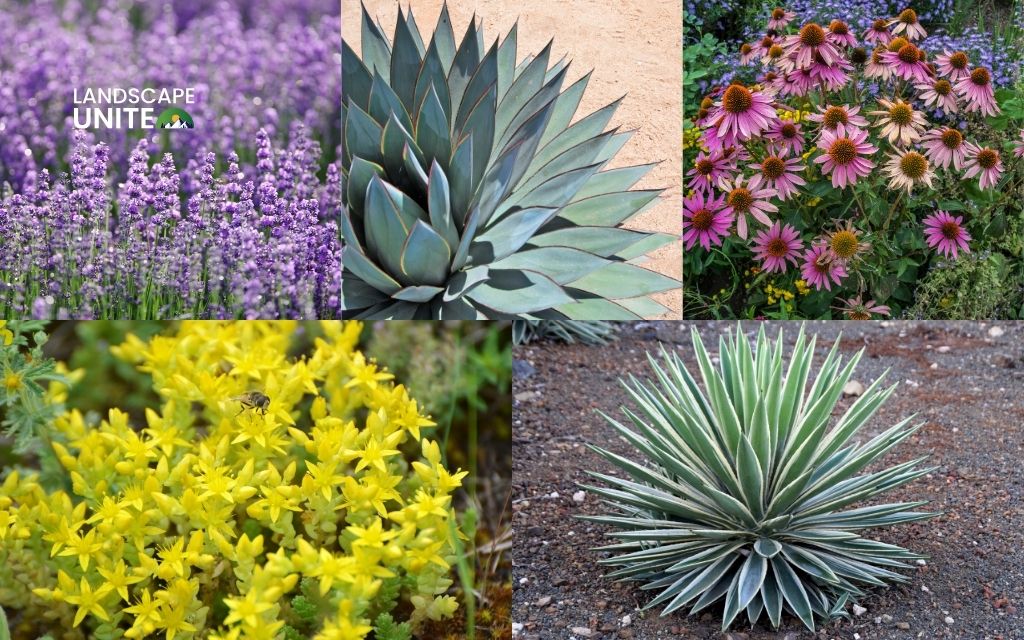
Architectural accents and succulents
- Red Yucca (Hesperaloe parviflora) creates stunning focal points with tall coral flower stalks rising above evergreen rosettes. Growing 2-3 feet tall and 3-4 feet wide, this plant provides strong architectural presence year-round.
- Hens and Chicks (Sempervivum spp.) offer incredible versatility in small spaces. These compact rosettes (2-6 inches tall) spread naturally and work perfectly in rock gardens, containers, or gaps in hardscape features.
- Desert Four O’Clock (Mirabilis multiflora) provides unique evening entertainment with magenta blooms that open in late afternoon. This sprawling native (1-2 feet tall, 3-5 feet wide) requires no supplemental water once established and blooms from summer through fall.
Read more about the best succulent choices for your xeriscape garden.
Regional considerations for Colorado landscapes
When selecting xeriscape plants for Colorado conditions, elevation and microclimates play crucial roles. The Front Range experiences unique challenges with intense sun, sudden temperature swings, and alkaline soils that many plants struggle with.
Colorado xeriscape plants must handle not just drought, but also extreme temperature fluctuations and intense UV exposure at higher elevations. Plants like Blue Grama Grass and Blanket Flower have evolved specifically for these conditions, making them reliable choices for long-term success.
Denver xeriscape plants face additional urban heat island effects and reflected heat from pavement and buildings. Choosing plants with proven track records in similar urban environments ensures better establishment and long-term survival.
Planting strategies for xeriscape success
- Timing matters tremendously for xeriscape establishment. Spring and early fall provide optimal conditions for root development before extreme weather arrives. These seasons allow plants to establish deep root systems that will sustain them through challenging periods.
- Soil preparation requires a different approach than traditional gardening. Dig wide holes rather than deep ones, especially in clay soils common throughout Colorado. Most xeriscape plants prefer well-draining soil and can actually suffer in overly rich, moisture-retentive conditions.
- Hydrozoning creates efficient water management by grouping plants with similar water needs together. This technique allows you to customize irrigation for different areas of your landscape, maximizing efficiency while ensuring each plant receives appropriate moisture levels.
- Proper spacing prevents competition and allows each plant to develop its natural form. Xeriscape plants often spread significantly as they mature, so resist the temptation to plant too densely for immediate impact.
- Mulching serves multiple purposes in xeriscape gardens. It suppresses weeds, moderates soil temperature, and helps retain the minimal moisture these plants do receive. Choose appropriate mulch materials like decomposed granite or small rocks that complement the aesthetic.
Design principles for stunning water-wise landscapes
Creating effective xeriscape landscaping plans requires understanding how these plants work together visually and functionally. Layer plants by height and bloom time to ensure year-round interest while maintaining water efficiency.
Consider bloom succession when planning your plant placement. Early bloomers like Penstemon can transition to mid-summer performers like Russian Sage, followed by late-season stars like Rabbitbrush. This approach ensures continuous color throughout the growing season.
Incorporate hardscape elements that complement your plant choices. Natural stone, gravel pathways, and rock features enhance the beauty of xeriscape plants while reducing overall maintenance needs.
Think about maintenance access when designing your layout. While these plants require less care than traditional landscapes, they still need occasional pruning, deadheading, and seasonal cleanup.
Maintenance secrets for thriving xeriscape gardens
- First-year establishment requires patience and consistent care. Even drought-tolerant plants need regular water during their first growing season to develop strong root systems. Deep, infrequent watering encourages deep root growth rather than shallow, water-dependent roots.
- Pruning timing affects plant health and appearance. Most xeriscape perennials benefit from late fall or early spring cleanup, while ornamental grasses often look best when left standing through winter for visual interest and wildlife habitat.
- Seasonal adjustments optimize plant performance. Reduce watering frequency as plants mature and their root systems expand. Many established xeriscape plants require no supplemental irrigation except during extreme drought conditions.
- Weed management becomes easier over time as mature plants fill in and suppress weed growth naturally. Early intervention prevents weeds from establishing in newly planted areas.
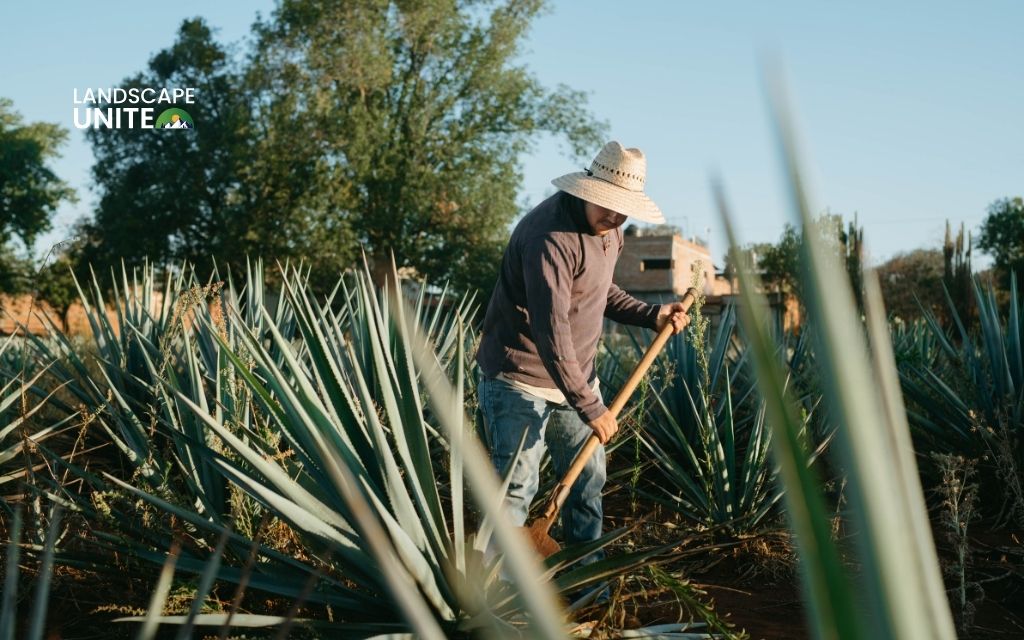
Economic and environmental benefits
Properly designed xeriscape gardens can increase property values by 15-20% in water-scarce regions while reducing utility costs significantly. This dual benefit makes xeriscaping an excellent investment for both immediate enjoyment and long-term property value.
Water savings extend beyond individual properties. Communities that embrace xeriscaping principles help preserve regional water resources while reducing strain on municipal water systems during drought periods.
Ecosystem benefits multiply as xeriscape plants provide better habitat for native wildlife and pollinators compared to traditional landscaping. These plants support biodiversity while requiring fewer external inputs like fertilizers and pesticides.
Discover the top 10 benefits a xeriscape garden can bring you in this blog.
Conclusion
Xeriscape plants prove that water conservation and stunning beauty can coexist perfectly. Start with a few proven performers and expand gradually, focusing on one area at a time to build confidence. Professional guidance accelerates success and prevents costly mistakes. Landscape experts understand local conditions and optimal plant combinations for your specific situation.
Ready to transform your landscape? Subscribe to the Landscape Unite Blog for expert tips on creating stunning outdoor spaces that thrive in any climate. For personalized plant selection and professional xeriscape design services, visit Mile High Lifescape to connect with experts who can bring your water-wise landscape vision to life. Discover more landscaping insights by following Landscape Unite, your trusted source for practical gardening wisdom.
FAQs about xeriscape plants
What are the best plants for xeriscaping?
The best xeriscape plants are drought-tolerant, low-maintenance species well-adapted to your specific climate zone. Native and regionally adapted plants typically perform best, such as Blue Grama Grass, Russian Sage, and Blanket Flower for Colorado conditions.
What plants work best in part-shade xeriscape areas?
For partial shade xeriscaping, consider Purple Coneflower, certain Penstemon varieties, and native ferns that tolerate both reduced light and lower water conditions. These plants thrive in morning sun with afternoon shade protection.
Are xeriscape plants safe for dogs and pets?
Most xeriscape plants are generally safe for pets, but always research specific varieties. Plants like Russian Sage and ornamental grasses are typically pet-friendly, while some succulents may cause mild irritation if consumed in large quantities.
How do I water these plants in the first season?
New xeriscape plants need deep weekly watering during their first growing season to encourage root development. Water slowly and deeply, allowing soil to dry slightly between waterings to promote drought tolerance.
How many plants do I need per square foot?
Plant spacing depends on mature size and growth habits. Small perennials like Creeping Thyme can be planted 4-6 per square foot, while larger shrubs like Rabbitbrush need 1 plant per 9-16 square feet.
